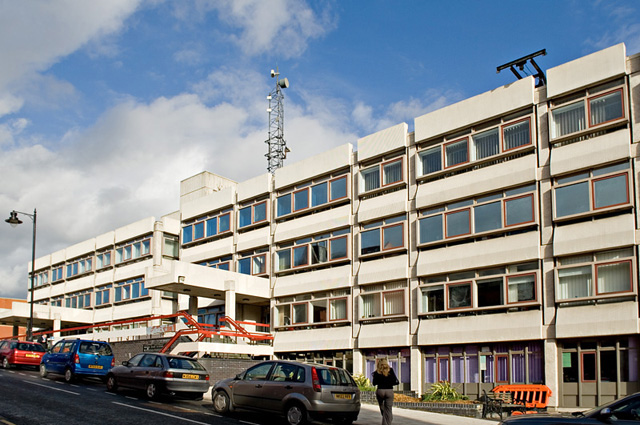The Metropolitan Borough of Wigan in North West England is one of the 10 metropolitan boroughs that make up the Metropolitan County of Greater Manchester.
The borough contains 1 of the 48 Grade I listed buildings in Greater Manchester. Grade I structures are those considered to be “buildings of exceptional interest”.[1]
| Name | Location | Architect | Completed | Entry number | Image |
|---|---|---|---|---|---|
| St. Wilfrid’s Church | Market Place, Standish | Lawrence Shipway (probably) | 1584 | 1287160 |  Wikimedia Commons |
See also
- Grade I listed buildings in Greater ManchesterGrade I listed buildings in the Metropolitan County of Greater Manchester, split into the ten metropolitan boroughs.

